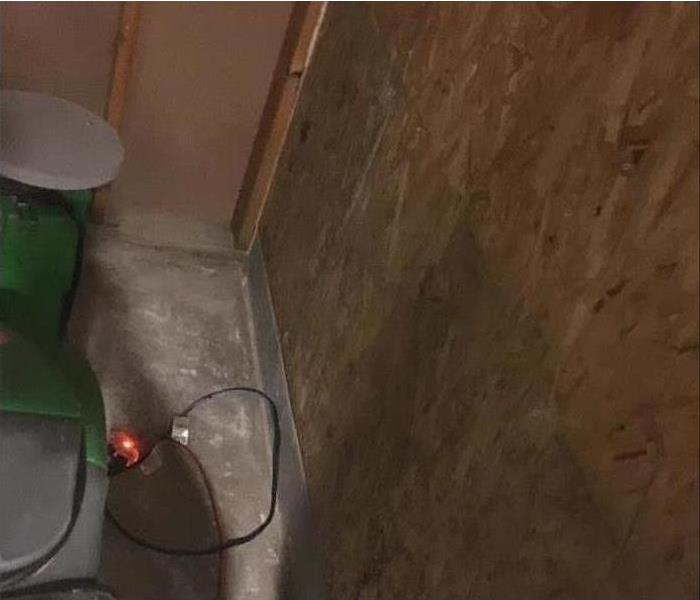3 Common Questions About Mold
7/27/2022 (Permalink)
Mold Growth and Cleanup
Mold is a vast and complicated subject with few easy answers. There are over 100,000 known types of mold and as many as three times this number of species are speculated to exist. Here are answers to three simple questions about mold growth and cleanup.
1. Is Mold Harmful?
Many types of fungus are allergenic and some mold species are toxigenic. It is generally advised that homeowners try to limit direct exposure to mold. Avoid pulling up wallpaper, drilling into walls, or otherwise disrupting any surfaces that may be moldy without proper personal protective equipment.
2. How Do I Identify Mold?
Mold is a fungus that grows in patterns. Black mold or stachybotrys chartarum, a toxigenic species, grows in a pattern of circular spots. Mold growth may appear fuzzy, slimy or shiny depending on the species, stage of the fungus life cycle and the characteristics of the surface supporting growth. Mold can permeate materials unlike mildew, which is a fuzzy or powdery surface-level fungus.
3. How Do I Clean Up Mold?
Homeowners can clean up small mold infestations by using undiluted white vinegar, ammonia and water in equal parts or a fungicide that has been approved by the Environmental Protection Agency. Most experts recommend homeowners contact a mold restoration service for infestations affecting more than 10 square feet of a residence. Keep mold from returning by taking timely measures to lower high humidity or restore water damage.
Understanding the conditions that could support fungus growth can help to prevent a mold problem at a residence in Pleasanton, CA. Making speedy arrangements for professional water damage mitigation and restoration is the best way to prevent mold from starting to grow. Professional mold cleanup is recommended in situations where mold growth is already underway.





 24/7 Emergency Service
24/7 Emergency Service